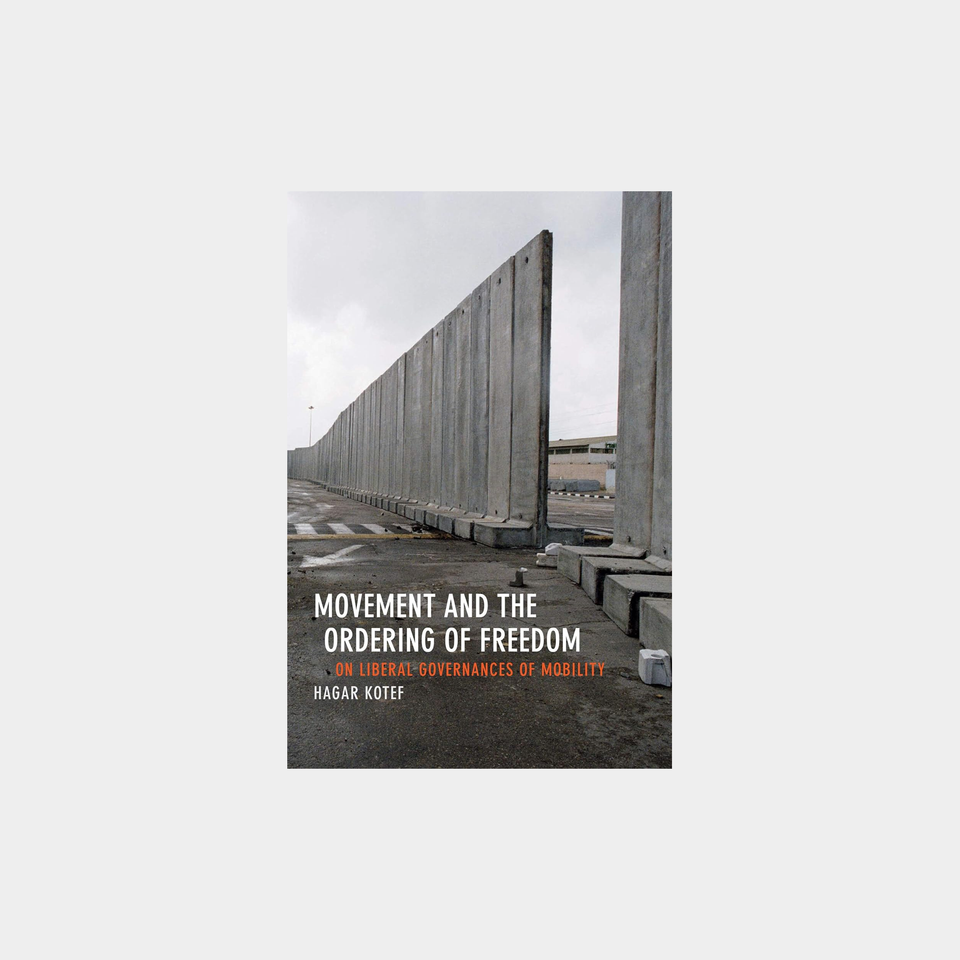We live within political systems that increasingly seek to control movement, organized around both the desire and ability to determine who is permitted to enter what sorts of spaces, from gated communities to nation-states. In Movement and the Ordering of Freedom, Hagar Kotef examines the roles of mobility and immobility in the history of political thought and the structuring of political spaces. Ranging from the writings of Locke, Hobbes, and Mill to the sophisticated technologies of control that circumscribe the lives of Palestinians in the Occupied West Bank, this book shows how concepts of freedom, security, and violence take form and find justification via “regimes of movement.” Kotef traces contemporary structures of global (im)mobility and resistance to the schism in liberal political theory, which embodied the idea of “liberty” in movement while simultaneously regulating mobility according to a racial, classed, and gendered matrix of exclusions.
*The above link is an affiliate link. When you purchase through our affiliate links, we earn a small commission at no extra cost to you. Thanks for your support! Learn more
NEC's view
Movement and the Ordering of Freedom is one of the most important books we’ve read on the politics of mobility. Hagar Kotef shows with clarity how movement has always been entangled with control, surveillance, and exclusion. Freedom for some structured by immobility for others.
What stood out most for us was how it traces these dynamics across history and theory, connecting liberal ideas of individual freedom to the very systems that regulate, confine, and displace. It made us reconsider not just contemporary borders, but the deeper assumptions baked into how freedom itself is imagined.










